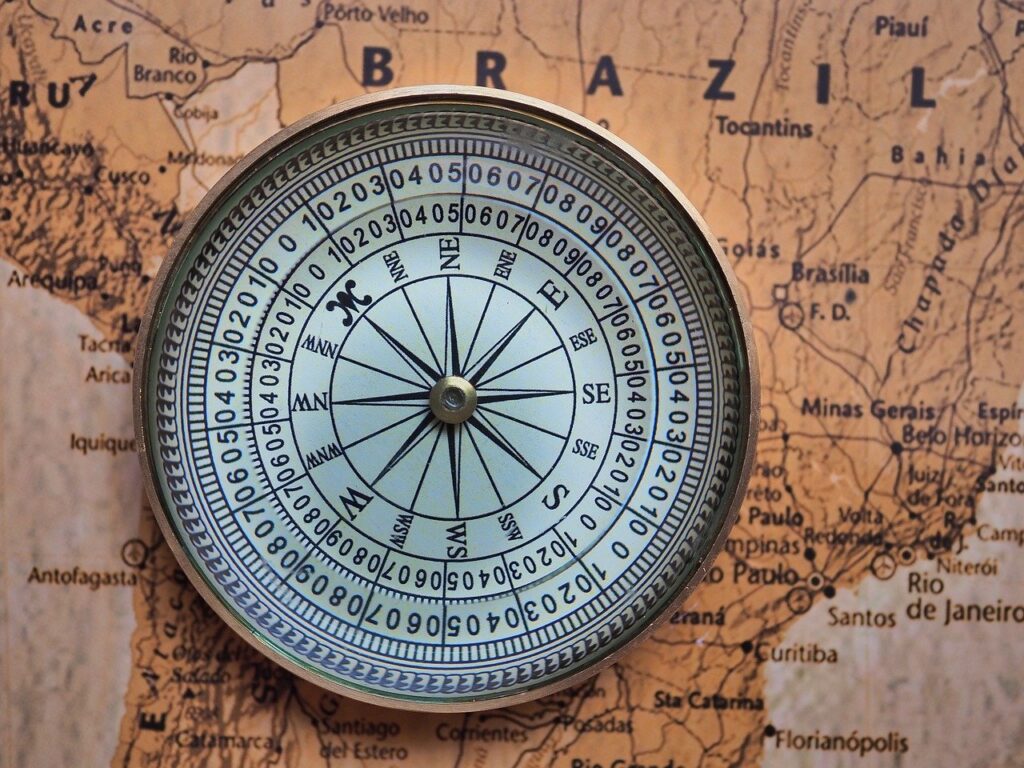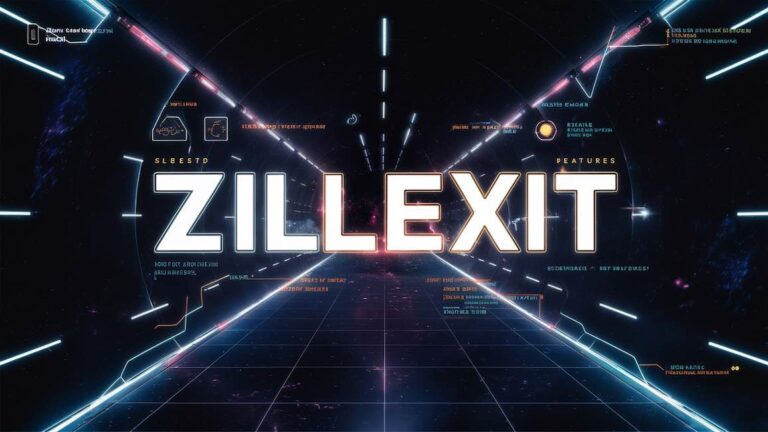UMAP: The Ultimate Open-Source Mapping Tool for High-Dimensional Data Visualization
In today’s digital world, the demand for sophisticated digital mapping tools has surged, and Ùmap is meeting this need with its comprehensive suite of features.
Designed to cater to both novice and experienced mapmakers, Ùmap offers a user-friendly platform that allows for the creation of customizable, interactive maps.
The tool leverages the strengths of open-source philosophy, drawing on the collaborative power of contributors to continuously innovate and enhance its capabilities.
Particularly favored across diverse sectors such as urban development, education, environmental protection, and emergency management, Ùmap’s versatility makes it a valuable resource for a variety of applications.
The significance of Ùmap extends to its role in transforming the landscape of geospatial analysis and visualization.
By providing a reliable instance of OpenStreetMap data, it facilitates a broad spectrum of projects, from planning efficient urban infrastructures to mapping out environmental conservation strategies.
Its impact is also felt in the realm of travel and tourism, where tailored maps enhance exploratory experiences.
Furthermore, Ùmap has proven indispensable in disaster response, improving coordination and information dissemination during crises.

Key Takeaways
- Ùmap serves as an adaptable and intuitive mapping tool for a wide array of industries.
- The open-source nature of Ùmap fosters continuous improvement and wide-ranging applications.
- Its functionality extends beyond mapping, playing a crucial role in fields like urban development and disaster management.
Streamlined Map Interface
Ùmap offers an interactive experience where users can easily navigate and tailor maps according to their needs.
Its intuitive controls offer an effortless approach to:
- Map Customization: Users have the flexibility to add markers, adjust colors, and manage layers for personalized map styling.
- Collaborative Mapping: The platform supports real-time editing and sharing, facilitating teamwork and map co-creation.
- Geospatial Tools: Advanced features for detailed geospatial analysis are made accessible to all expertise levels through user-friendly tutorials.
This approach to map creation and customization emphasizes ease of use without compromising the depth of mapping capabilities.
It allows seamless integration of base maps, transparent layers, and diverse plugins to enhance the mapping experience for exploration, navigation, and analysis.
Expanding Applications Across Diverse Fields
Visualizing Urban Development
In today’s urban landscape, planners employ innovative tools to create and share detailed projections for infrastructure efforts. Ùmap emerges as a pivotal technology in this realm, offering dynamic plotting features that engage various stakeholders.
This mapping tool is not only instrumental for visualizing urban expansions but also serves an essential role in:
- Emergency Management: Streamlining operations during crises by mapping disaster-prone areas.
- Sustainability Projects: Charting environmental conservation efforts to protect ecosystems.
Harnessing Ùmap’s Advantages
Leveraging Ùmap’s capabilities, users from different domains benefit from its intuitive data representation and its adaptability across various devices.
As an open-source platform, Ùmap is particularly advantageous because it:
- Fosters Informed Decisions: Through detailed visual aids, it enhances understanding of complex data.
- Encourages Engagement: It creates a platform for community participation in mapping projects.
- Saves Resources: Its open-source nature allows for extensive customization without added cost.
Fostering Urban Growth Initiatives
Involving Community and Collecting Input
Effective urban development thrives on active participation from the residents and organizations it affects.
Tools like uMap foster this by offering a platform where the various opinions and requirements of the community can be captured through interactive maps.
Engaging different voices leads to more comprehensive and representative outcomes.
Planning Public Amenities and Frameworks
uMap aids in streamlining the design of public services and core utilities.
By layering diverse sets of data on a single map, city planners can anticipate and address gaps in services, allowing for a proactive and cost-efficient approach to urban growth.
Mapping and Understanding Space-Related Data
With features for delineating spaces and structures, uMap allows insights into the use of land, demographic shifts, and other significant environmental data.
Using lines, polygons, and varying heights, it illustrates spaces to aid in resource distribution and urban strategy development.
Evaluating the Effects of Urban Interventions
uMap provides a platform where urban planners can simulate potential outcomes of development projects, scrutinizing the effects on traffic flow, environmental health, and societal welfare.
This pre-emptive analysis ensures any necessary modifications are made ahead of real-world implementation, reducing the risk of unforeseen consequences.
Strengthening Ecological Preservation
Charting Ecosystem Habitats and Vigilance
Detailed cartography and ongoing surveillance of critical natural areas are facilitated by UMap, allowing ecologists to detect changes, pinpoint threats, and allocate resources for protective measures effectively.
- Tracking: Continuous ecological surveillance
- Protection: Identification of vulnerable areas for conservation prioritization
Strategic Ecological Preservation Approaches
UMap aids in harmonizing human activity with ecological patterns, enhancing the creation of protected area networks and management strategies that respect both natural and societal factors.
- Integration: Merging of human activity maps with environmental data
- Implementation: Formulating management strategies that respect biological diversity and local communities
Localized Preservation Efforts
Utilizing UMap’s interactive platform, local population is mobilized to engage in conservation, empowering them to manage and showcase their environmental preservation projects.
- Engagement: Encouraging community contribution to mapping initiatives
- Ownership: Empowering locals to manage conservation projects
Assessing Environmental Impacts
For the execution of Environmental Impact Assessments (EIAs), UMap’s visual tools are invaluable, allowing for an illustrative analysis of potential effects on biodiversity and habitats.
- Analysis: Visual aids for assessing project impacts on ecosystems
- Sustainable Decisions: Supporting responsible environmental decision-making processes

Transforming Crisis Management Strategies
Pinpointing At-Risk Regions
Strategic preparedness hinges on identifying areas highly susceptible to natural calamities.
Utilizing comprehensive mapping through tools such as Ùmap equips responders with crucial details, such as shelter locations, key infrastructure, and escape routes before an emergency unfolds.
Synchronization of Immediate Relief Actions
Amidst an ongoing disaster, synchronizing relief operations in real-time stands paramount. Ùmap facilitates teams by enabling live updates and dissemination of maps showcasing live conditions, resource locales, and zones requiring urgent aid.
Analysis for Rebuilding and Preparedness Enhancement
Ùmap aids in the aftermath of disasters by conducting damage assessments and prioritizing rebuilding measures.
Its analytic capabilities offer insights for a thorough post-crisis review, driving improvements in readiness for future incidents.
Streamlining Responder Communication
Effective communication is critical during disaster responses. Ømap streamlines this aspect by providing a common platform for knowledge exchange, ensuring that all parties involved have access to current information and can collaborate with heightened efficiency.
Spurring Growth in Travel and Tourism
Dynamic Trip Planning Tools
Modern technology like Ùmap enables the creation of dynamic, interactive trip planners that go beyond conventional mapping.
These planners entice tourists with detailed routes, local attractions, and authentic stories shared by residents.
Boosting Traveler Participation
By previewing destinations through Ùmap, travelers engage deeply, enriching their anticipation and helping to tailor their visits to include sought-after experiences.
Empowering Community Enterprises
Ùmap serves as a platform for community businesses to display their offerings and unique deals, increasing their visibility and drawing in a greater number of tourists. This, in turn, strengthens the local economy and supports sustainable travel.
Simplifying Event Coordination
Event organizers benefit from the straightforward mapping capabilities of Ùmap for event logistics. Customized maps can lay out event spaces, directions, and local points of interest, enhancing attendee experience and navigation.

Frequently Asked Questions
Crafting Dynamic Maps
To generate dynamic maps, one can utilize Ùmap’s streamlined process which includes an intuitive dashboard and diverse customization choices.
These features enable users to design maps that cater specifically to their project’s needs with ease.
Urban Development Mapping
For urban development, Ùmap demonstrates its value by rendering visual depictions of infrastructural projects and simplifying communications among stakeholders, proving itself as an instrumental technology in urban planning.
Interactive Mapping in Education
With Ùmap, students engage with interactive mapping and spatial analysis tools that enrich learning in subjects like geography and environmental studies, making it a versatile educational tool.
Conservation Mapping
Ùmap aids environmentalists in visualizing vital habitats and tracking conservation projects, illustrating its effectiveness in supporting environmental conservation initiatives.
Mapping for Crisis Management
In times of crisis, Ùmap is pivotal for efficient coordination and distribution of information, establishing its critical role in disaster response and management.
Conclusion
Ùmap exemplifies the evolution of open-source technology, skillfully balancing sophisticated geospatial analytics with user accessibility.
It addresses a spectrum of uses, from urban development to preserving natural habitats.
By streamlining decision processes and fostering community input, Ùmap does more than just serve its user base—it inspires a deeper engagement with the globe.
It’s a tool built for everyone, from curious adventurers and learners to professionals managing intricate projects.
Ùmap is a key resource in the realm of digital cartography, unlocking innovative pathways for interacting with and visualizing spatial information.







